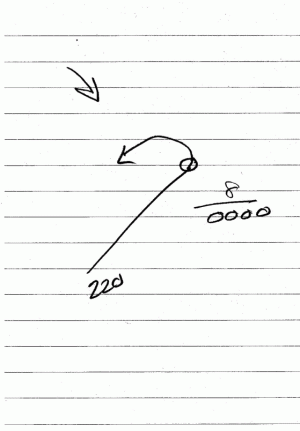Archimago
Pre-takeoff checklist
Studying towards IFR and had a practical question about entering holds. I am aware of the three: teardrop,parallel, and direct. But how do you actually fly them when they get close to the extremities of the zones...
ie. let’s say you are holding on the 360 radial and you are flying a heading of 115 which is direct entry... but it seems like you would have to turn almost 180 degrees after getting to fix. And if you are on a heading of 285 do you turn drastically left and then immediately do your 180d right or would you just fly through it and try to time your turn to line up with the outbound leg?
Richard
ie. let’s say you are holding on the 360 radial and you are flying a heading of 115 which is direct entry... but it seems like you would have to turn almost 180 degrees after getting to fix. And if you are on a heading of 285 do you turn drastically left and then immediately do your 180d right or would you just fly through it and try to time your turn to line up with the outbound leg?
Richard






